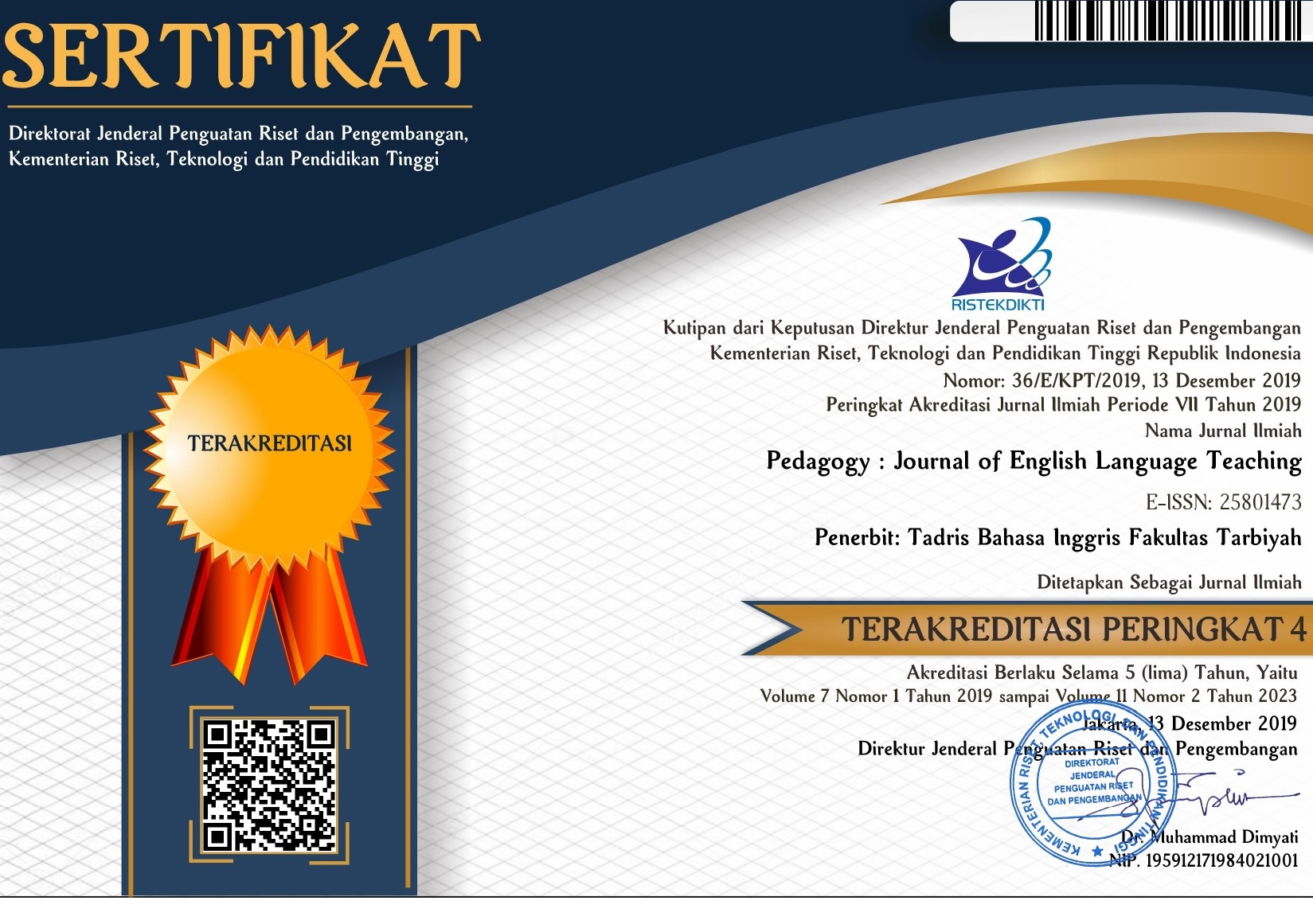Enhancing the Students’ Learning Motivation by Using Instructional Media for Thailand’s Municipal School
DOI:
https://doi.org/10.32332/joelt.v9i1.3131Keywords:
classroom action research, instructional media, language barrier, learning motivation, primary schoolAbstract
In today’s era, the idea of conducting student exchanges and teaching practices overseas continues to grow. In this way, the cooperating countries can share their recent innovations in the field of education. The existence of a language barrier, however, may hinder learning and teaching in the classroom. Language barrier refers to the lack of a common language that prevents people from speaking to or understanding each other. It should be overcome as the information shared between teachers and students might be misinterpreted. This research was carried out as the researcher believed that the existing language barrier could be helped by increasing students’ motivation in the classroom. The aim of this study was to integrate the use of instructional media to enhance the students’ learning motivation of primary school in Thailand’s municipal school. This research used Classroom Action Research (CAR) design. The data was collected through the use of worksheets, still pictures, video recordings, interview guides, and field notes. The research results fulfilled the three criteria of success, namely classroom atmosphere, students’ learning motivation, and the strategy’s practicality. The researchers found that the use of instructional media could enhance students’ learning motivation and overcome the language barriers in the classroom.Downloads
Published
2021-06-27
Issue
Section
Articles
















